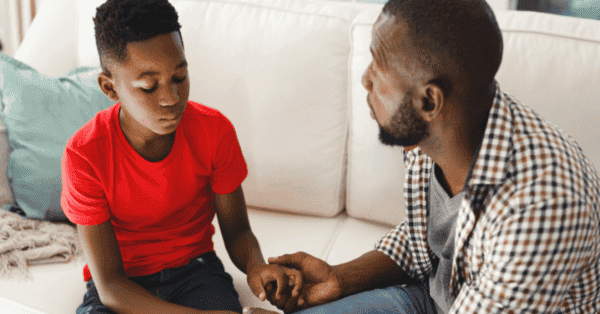Online child-on-child abuse
Tips for parents and carers
With most children and young people on devices in their free time, online child-on-child abuse has become more common. But while parents and carers may understand the concept of bullying and cyberbullying, child-on-child abuse is far more complex. Many parents aren’t aware of what exactly it is.
We created this tips guide with insight from online safety expert Karl Hopwood and psychologist Dr Linda Papadopoulos to help parents and carers understand child-on-child abuse and how to deal with it if it happens.


